Nature reports
Page 49 of 70 - 696 Results

In an effort to gather much needed information on local populations of whales, dolphins, manatees, sharks, rays and large groupers, STINAPA Bonaire has developed a Marine Animal Monitoring Form for all visiting the Yarari Marine..

Sint Maarten is the first Dutch Caribbean island where the new coral disease ‘Stony Coral Tissue Loss disease’ has recently been discovered. Between 50 and 90 percent of Sint Maarten’s stony coral has either been infected or has..

Wageningen University recently published an alarming report on the threatened natural resources on Bonaire, Saba and St. Eustatius. The Dutch Caribbean Nature Alliance (DCNA), together with local park organizations, urge the local..

On Saba, St. Eustatius, St. Maarten and the Saba Bank there are a minimum of 35 animal and plant species that exist nowhere else in the world, so-called endemics. Additionally, 188 species are specific just to the surrounding..

The Dutch Caribbean islands are home to the most extraordinary ecosystems within the Kingdom of the Netherlands: from pristine coral reefs to elfin cloud forest; the spectacular natural world of these islands includes species..
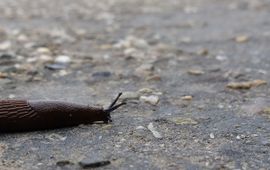
The 4th edition of the Dutch Soil Animal Days saw 856 citizen scientists comb through more than 200 gardens and parks to find some 7500 soil creatures. Findings that stand out after this year's long, dry summer: woodlice have..
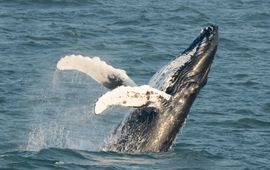
In recent decades, there have been distribution shifts of several cetacean species in the North Sea. Harbour porpoises almost disappeared from the North Sea in the 1950s, but have made a spectacular comeback. Also on the rise is..
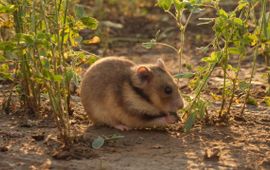
The Romanian hamster is very rare. The species occurs only in Romania, but you hardly ever will see it even there. Yet nature photographer and filmmaker Rollin Verlinde managed to capture it on film. These are possibly the first..
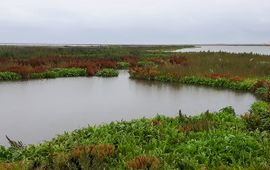
The first island of the new Marker Wadden is now open to the public. Visitors will be able to see for themselves how abundant nature has already become in this newest part of the Netherlands...
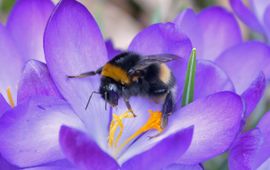
In conventional farming most attention goes out to quality of planting material, soil quality, fertilisation, weed control and similar aspects. Surprisingly little attention is being paid to the importance of ecosystem services..
